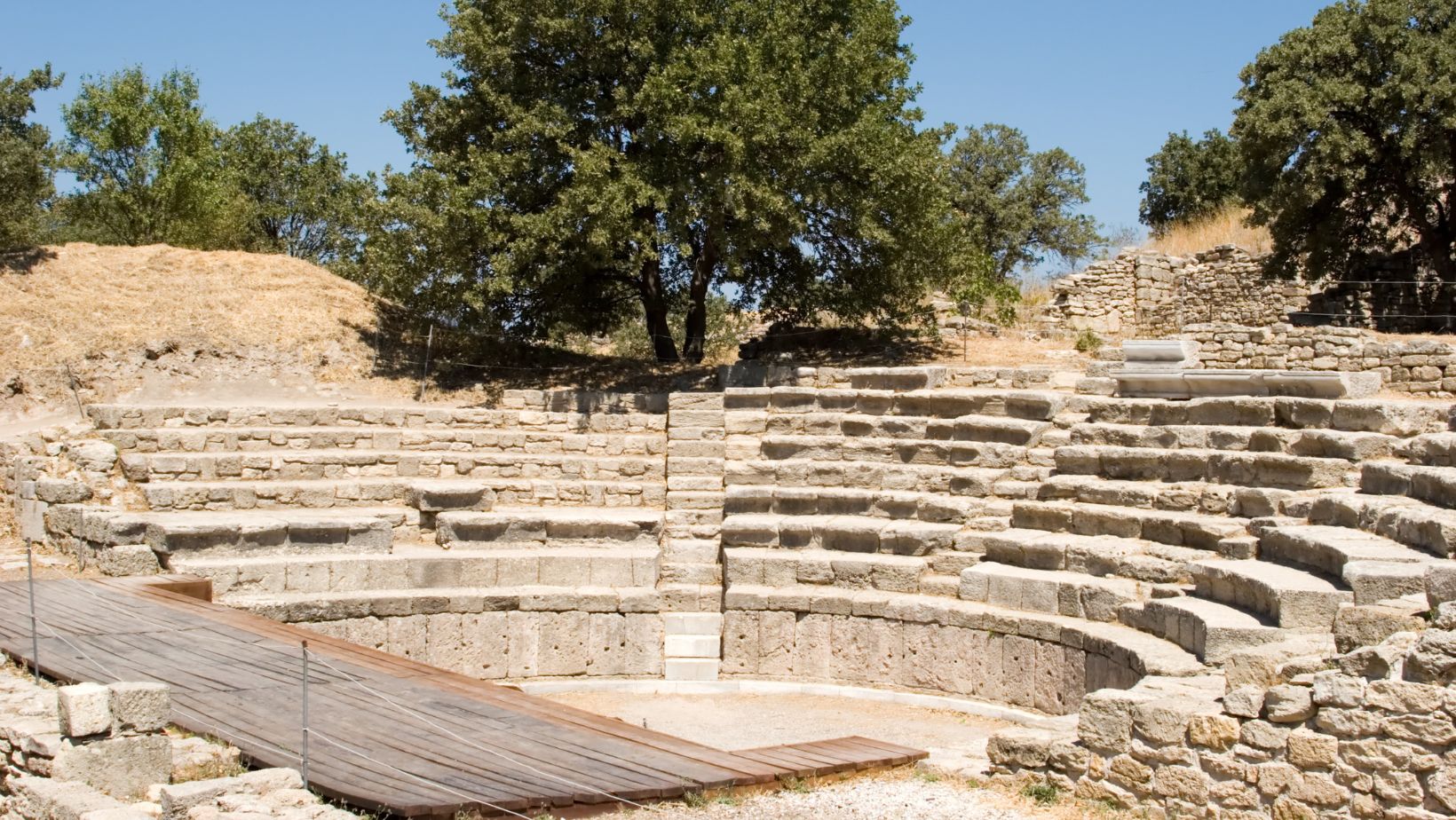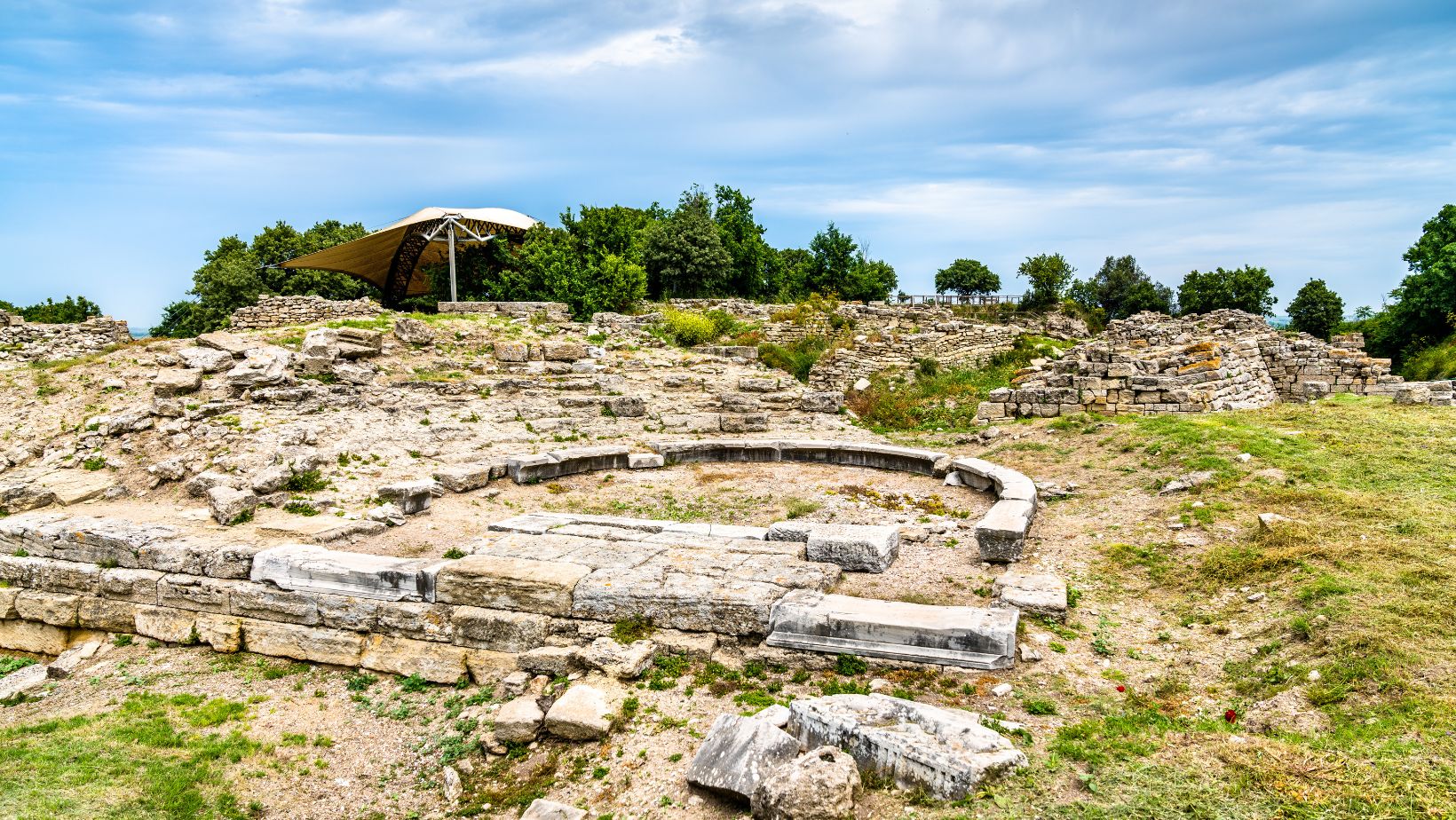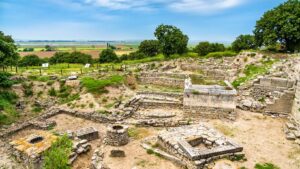
The ancient city of Troy, immortalized in Homer’s Iliad, remains one of the most captivating archaeological sites in the world. Located in northwestern Turkey, this legendary city has fascinated historians, archaeologists, and travelers for centuries. While much of its history is rooted in myth, ongoing excavations have revealed fascinating insights into the honest Troy and its many layers of civilization.
Visiting this UNESCO World Heritage Site is a journey through time, offering a glimpse into a world of warriors, kings, and epic battles. With a Turkey tourist eSIM, travelers can seamlessly navigate the site, access historical insights, and share their experiences instantly without relying on local Wi-Fi or costly roaming charges.
The Mythical Troy: Homer’s Epic and the Trojan War
For many, Troy is synonymous with the Trojan War, the legendary conflict described in Homer’s Iliad. According to Greek mythology, the war began when Paris, prince of Troy, abducted Helen, the wife of the Spartan king Menelaus. In response, the Greek forces, led by Agamemnon, laid siege to the city for ten years.
The war culminated in the famous deception of the Trojan Horse, a hollow wooden structure used to smuggle Greek soldiers into the city, leading to Troy’s downfall. While the Iliad is a work of literature, historical records suggest that Troy was an actual city, and its ruins provide clues about its past. With an eSIM, visitors can read about Homer’s epic in real-time and compare myth with archaeological discoveries.
The Real Troy: Archaeological Discoveries
The ruins of Troy, located in modern-day Hisarlık, were rediscovered in the 19th century by German archaeologist Heinrich Schliemann. Excavations have revealed nine layers of settlements, indicating that Troy was continuously inhabited for thousands of years. The site shows evidence of fortified walls, ancient roads, and remnants of grand structures, supporting the theory that a major city once stood here.

Artifacts such as pottery, weapons, and jewelry provide insight into the daily lives of the Trojans. With an eSIM, travelers can access virtual guides, live translations, and interactive maps that enrich their understanding of Troy’s historical significance.
Exploring the Ruins: What to See in Troy
Visitors to Troy can explore key landmarks that bring the ancient city to life. The South Gate and Fortifications reveal the city’s strategic defenses, while the Temple of Athena stands as a testament to the city’s religious importance. The Schliemann Trench, a deep excavation cut through the site, showcases multiple layers of Troy’s settlements.
A highlight of the visit is the replica of the Trojan Horse, a modern tribute to the legendary war tactic. With an eSIM, travelers can use augmented reality apps to visualize how the city once looked and enjoy an immersive experience as they walk through the ruins.
The Troy Museum: A Deeper Dive into History
For those eager to learn more, the Troy Museum, located near the archaeological site, offers an extensive collection of artifacts and exhibits. Opened in 2018, this museum presents treasures from Troy, including ancient tools, sculptures, and everyday objects its inhabitants use.
Interactive displays contextualize the city’s various layers, linking the site’s discoveries to historical and mythological narratives. An eSIM allows visitors to access audio guides, translate museum descriptions, and share insights with fellow history enthusiasts.
Day Trips from Troy: Exploring Nearby Attractions
While visiting Troy, travelers can explore other fascinating sites nearby. The city of Çanakkale, just an hour away, offers waterfront dining, lively markets, and the famous Trojan Horse prop used in the 2004 Troy movie.

History lovers can visit Gallipoli, a site of major World War I battles, and Assos, an ancient Greek city with stunning views of the Aegean. A Turkey eSIM makes it easy to navigate between these locations, book guided tours, and stay connected while traveling through the region.
Perfect Time to Visit and Travel Tips
The best time to visit Troy is during the spring (April to June) or autumn (September to November) when the weather is mild and pleasant for exploring outdoor ruins. Summer can be extremely hot, while winter brings occasional rain, making some areas muddy.
Visitors should wear comfortable walking shoes, bring sunscreen and water, and allocate at least two to three hours to explore the site fully. With a Turkey tourist eSIM, travelers can check real-time weather updates, book last-minute accommodations, and access digital maps without needing a physical SIM card.
Conclusion
Troy is a destination that blends myth and history, offering travelers a unique glimpse into one of the world’s most legendary cities. From exploring the ruins and visiting the Troy Museum to discovering nearby attractions, a trip to this ancient site is educational and awe-inspiring.
Staying connected with a Turkey tourist eSIM ensures a smooth and enriching experience, allowing visitors to access travel guides, navigate effortlessly, and share their discoveries in real-time. Whether you’re a history enthusiast, a mythology lover, or an adventurer, Troy promises a journey back in time that should not be missed.










